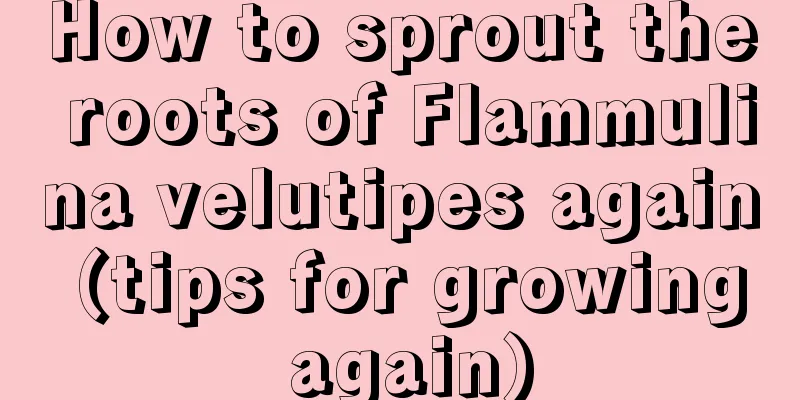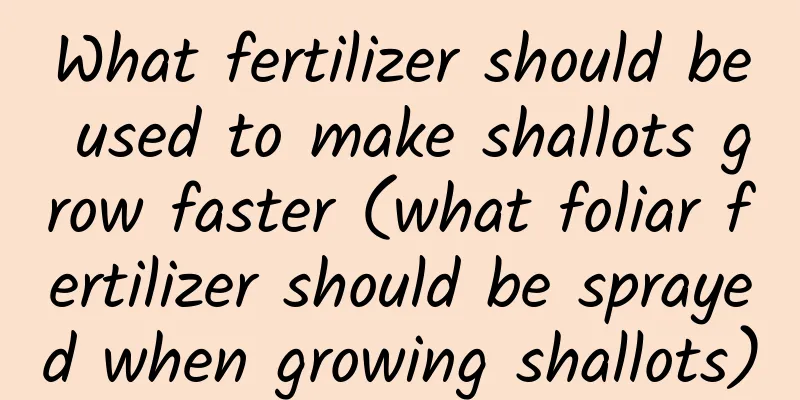How to water succulents in summer (the best time and method to water succulents in summer)

There are some tips for watering succulents in summerThe suitable growth temperature for succulents is between 10-30℃, and most succulents have the characteristic of short-term dormancy during the high temperature period in summer. In addition to placing it in a cool and ventilated place in the summer or installing a shade net of appropriate density for shading, daily maintenance should also maintain good ventilation, especially watering should be moderate, otherwise in a high temperature and high humidity environment, succulents are prone to black rot and leaf loss. Especially the varieties on the "summer doomed" list and some varieties that are particularly dormant in summer need special protection. Otherwise, if you water them too much, their leaves will turn into water and their branches will rot overnight, and you will have to wait to empty the pots. How to water succulents in summer(1) Watering in moderationThe ambient temperature is high in summer and water evaporates faster than in other seasons. Therefore, even in a dormant period, water cannot be completely cut off, otherwise the leaves will be consumed faster, causing the outer leaves of succulents to wither quickly or even the entire plant to wilt and dehydrate. Therefore, in summer, under the premise that the potting soil is basically dry, you can still choose a relatively cool early morning or evening to give a small amount of water to maintain basic survival moisture. (2) Choose the right time periodWhen watering succulents in the summer, you should avoid the high temperature period at noon. Before watering, touch the wall of the flowerpot with your hand and there should be no heat. Otherwise, the heat evaporating from the soil will turn the succulents into "boiled meat". For some succulents that are obviously dormant, have dense leaves or have already overflowed the pot, it is not advisable to water them directly. The moisture remaining in the center of the leaves can also cause black rot and waterlogging of the rosette. For example, for varieties such as Alocasia odora, purple peony, and mountain rose, good ventilation should be maintained after watering to allow the water to evaporate quickly. (3) Try to treat differentlyDifferent species and different breeding environments have different water requirements. For example, varieties that do not obviously hibernate in summer, varieties with hanging vines, varieties such as jade dew and jade fan, which require a certain air humidity, still need to maintain a certain humidity even in summer, and they can be watered slightly more than varieties that are obviously dormant. In addition, if the local ambient temperature is not particularly hot, the succulents are not in a state of obvious dormancy, and the ventilation conditions in the personal breeding environment are good, you can water them a little more. |
<<: How to care for newly cut sunflowers (Precautions for cutting sunflowers)
Recommend
What fertilizer is good for sesame topdressing?
Sesame topdressing time During the period of flow...
Prevention and control methods of major diseases and pests of mint
Mint rust Harmful to mint leaves and stems. Exces...
How to fertilize the false epiphyllum
When to fertilize As a potted succulent plant, th...
Is pond water good for watering flowers? Which is better, river water or pond water?
The water in the pond comes from many other sourc...
What soil is used for plum blossoms
1. What soil to use Plum blossoms grow best in lo...
Can cherry seeds be planted?
Can cherry seeds be planted? Cherry seeds can be ...
How to grow succulent peach to a jelly color
Succulent peach growing conditions The peach tree...
Ginseng's growing environment and local conditions
Ginseng Growth Environment and Conditions Ginseng...
What does Ophiopogon japonicus look like? What are the effects of wild Ophiopogon japonicus?
Ophiopogon japonicus can be used as medicine. It ...
What to do if potted pomegranate flowers lose leaves in winter
1. Not moving indoors in time Although pomegranat...
How to grow lychee in pots
1. Reasonable watering During the growth period o...
How to grow ginseng
1. Prepare the soil It is best to choose soil wit...
Is fig a shade-loving or sun-loving plant?
Do figs prefer shade or sun? Fig is a sun-loving ...
Can I use beer when the leaves of the green radish turn yellow?
1. Can beer be used? When you find that the leave...
Where do red beans grow? Where do they usually grow in China?
Red bean growth habits Red beans are dicotyledono...









